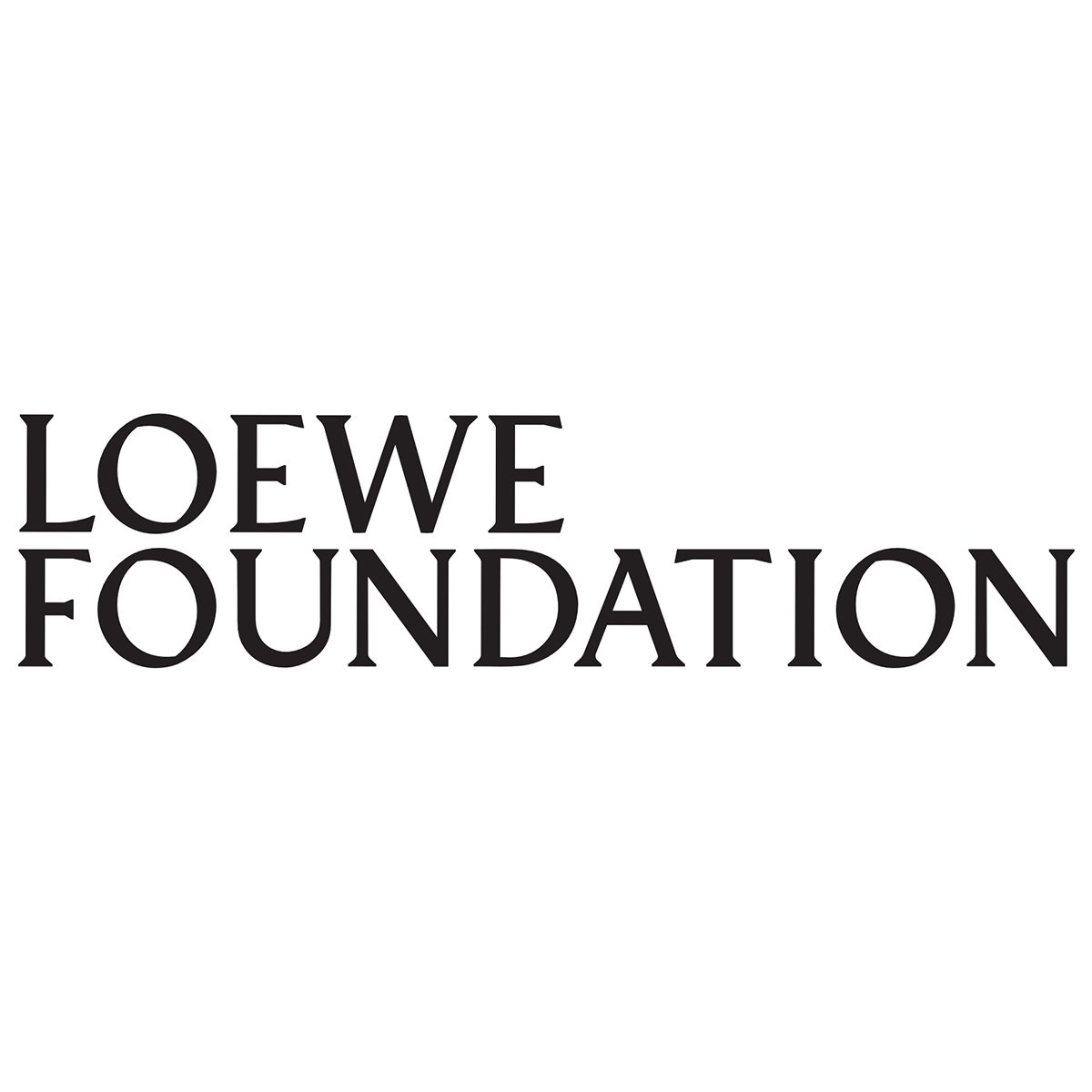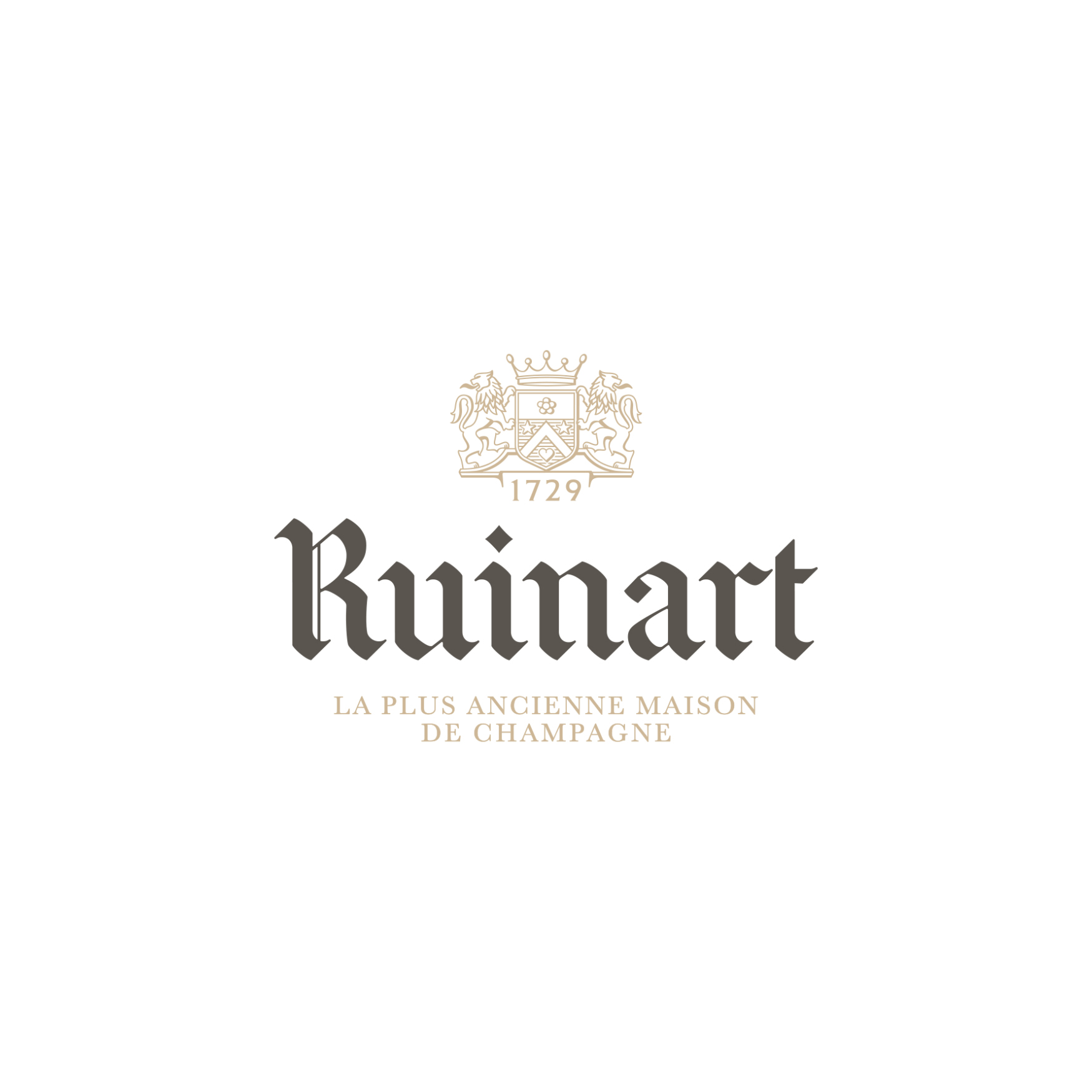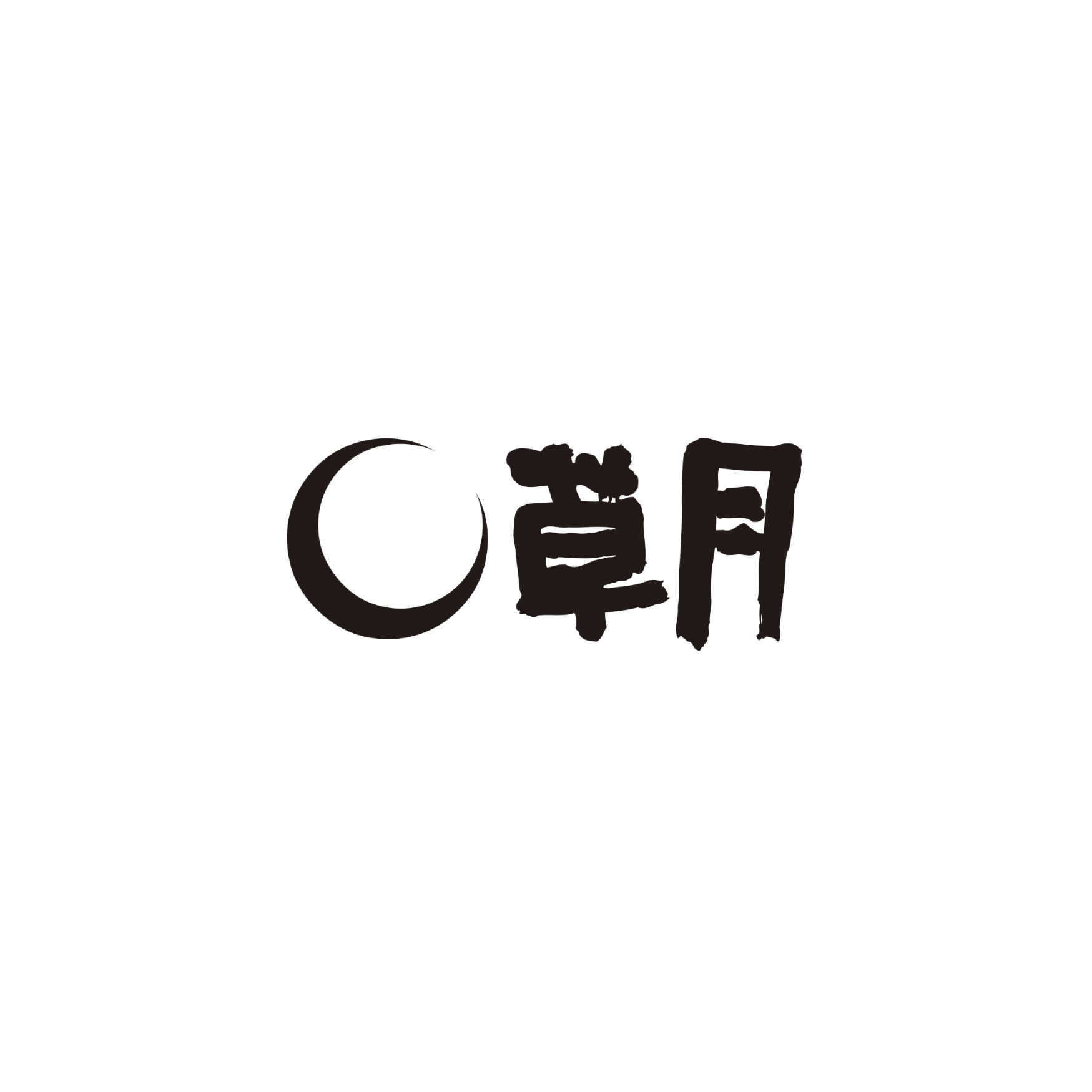NEWS
Cerith Wyn Evans
Dates: Apr 1 – 29, 2023
Location: Stone garden “Heaven”, the Sogetsu Kaikan 1F
Address: 7-2-21 Akasaka, Minato-ku, Tokyo
Opening hours: 10:00AM – 5:00PM
Closed on Sunday
Lead sponsor: LOEWE FOUNDATION
Taka Ishii Gallery is pleased to present a solo exhibition by British contemporary artist Cerith Wyn Evans from April 1st to 29th at the indoor stone garden “Heaven” in Sogetsu Plaza, located on the first floor of The Sogetsu Kaikan in Akasaka, Tokyo. Positioned as the second chapter of the artist’s solo exhibition held at the same venue in 2018, this exhibition features pillars of light extending from the floor to the ceiling, a transparent sculpture composed of automated crystal glass flutes, and a large-scale neon work based on an excerpt of the Japanese translation of Marcel Proust’s novel In Search of Lost Time.
In our society there are various means for communicating narratives and concepts to others. Among them, Evans expresses a particular interest in the pioneering efforts of predecessors across a diverse range of cultural and academic spheres in the manner of literature, film, art, astronomy, and physics. Examples include Noh which entrusts the audience to formulate scenes of narratives through the elimination of figurative elements, phenomenology that serves to question how humans perceive the external world, and particle physics which explores the smallest constituents of all substances that exist in nature.
Evans considers these means of communication like stage, text, symbols, images, light and sound as vessels for carrying contents. By transferring these contents to another vessel, he summons a sense of beauty that remained unmanifest in the original vessel, thereby multilayering the concept behind the work and creating an allusion within an allusion. Evans’ work, which is perceived beyond the boundaries of visual, spatial and auditory sensations in a way akin to synesthesia, liberates us from the contours of our world strictly formulated by social conventions and education through their profound intelligence and humorous wit.
In this exhibition, Evans places pillars of light and a series of pine trees within Isamu Noguchi’s stone garden “Heaven.” The pillars of light slowly blink repeatedly, generating a certain tempo that emphasizes the timbre (tone quality) of the garden, while the pine trees positioned throughout the stone garden in a manner emulating a Noh stage, evoke the “texture” of time through their organic presence. The stone garden is no longer a mere venue for exhibiting works but is transformed into a stage of sorts through Evans’ creations that function as a mise en scene.
Joining the stage is an automated work “Composition for 37 flutes” (2018), which consists of 37 crystal glass flutes and compressors. Air is automatically blown into the flutes according to a predefined algorithm, producing sounds that fluctuate between harmony and dissonance in a way that resembles the subtle motions of human breathing. In Noh, the flute sounds performed by the musicians introduce a distinct air of tension to the stage and symbolizes the spiritual and mystical aspects of Noh. This work, which received the Hepworth Sculpture Award in 2018, also functions as an intangible mise en scene for the indoor stone garden “Heaven” that has been transformed into a stage.
Presented on the uppermost level of the stone garden is the large-scale neon work “F=O=U=N=T=A=I=N” (2020), based on Kazuyoshi Yoshikawa’s Japanese translation* of Sodom and Gomorrah (1921/22), the fourth volume of Marcel Proust’s novel In Search of Lost Time. The act of translating a story contained in one vessel into another that has a different shape and mechanism, often creates margins, or negative spaces where the vessels do not overlap. Remarkable translations are conceived by adding an ingenious twist that is not present within the original text to these spaces. Proust’s masterpiece, translated from French into Japanese by Yoshikawa, is further translated into the luminous material of neon through Evans’ hands. The narrative wall with its gate-like opening that invites viewers within, vanishes in an instant once turned off, illustrating the ephemeral nature of information that bears no mass without a power source.
*Source: Marcel Proust, trans. Kazuyoshi Yoshikawa, In Search of Lost Time 8, Iwanami Bunko, 2015, pp. 136 – 138
English translation of the excerpt text is as follows.
It could be seen from a distance, slender, motionless, rigid, set apart in a clearing surrounded by fine trees, several of which were as old as itself, only the lighter fall of its pale and quivering plume stirring in the breeze. The eighteenth century had refined the elegance of its lines, but, by fixing the style of the jet, seemed to have arrested its life; at this distance one had the impression of art rather than the sensation of water. Even the moist cloud that was perpetually gathering at its summit preserved the character of the period like those that assemble in the sky round the palaces of Versailles. But from a closer view one realised that, while it respected, like the stones of an ancient palace, the design traced for it beforehand, it was a constantly changing stream of water that, springing upwards and seeking to obey the architect’s original orders, performed them to the letter only by seeming to infringe them, its thousand separate bursts succeeding only from afar in giving the impression of a single thrust. This was in reality as often interrupted as the scattering of the fall, whereas from a distance it had appeared to me dense, inflexible, unbroken in its continuity. From a little nearer, one saw that this continuity, apparently complete, was assured, at every point in the ascent of the jet where it must otherwise have been broken, by the entering into line, by the lateral incorporation, of a parallel jet which mounted higher than the first and was itself, at a greater altitude which was however already a strain upon its endurance, relieved by a third. From close to, exhausted drops could be seen falling back from the column of water, passing their sisters on the way up, and at times, torn and scattered, caught in an eddy of the night air, disturbed by this unremitting surge, floating awhile before being drowned in the basin. They teased with their hesitations, with their journey in the opposite direction, and blurred with their soft vapour the vertical tension of the shaft that bore aloft an oblong cloud composed of countless tiny drops but seemingly painted in an unchanging golden brown which rose, unbreakable, fixed, slender and swift, to mingle with the clouds in the sky. Unfortunately, a gust of wind was enough to scatter it obliquely on the ground; at times indeed a single disobedient jet swerved and, had they not kept a respectful distance, would have drenched to their skins the incautious crowd of viewers.
Trans. C.K. Scott Moncrieff , D J Enright. 1992
His major solo exhibitions include the Aspen Art Museum, Aspen (2021); the Pola Museum of Art, Kanagawa (2020); the Museo Tamayo, Mexico City (2018); the Tate Britain Commission, London and Haus Konstruktiv, Zurich (both 2017); Serpentine Sackler Gallery, London (2014); Casa Luis Barragán, Mexico City (2010); the Museo de Arte Contemporáneo de Castilla y León (2008) and the Musée d’Art Moderne de la Ville de Paris (2006). Wyn Evans has participated in numerous international group exhibitions including Skulptur Projekte Münster, Germany and the 57th Venice Biennale (both 2017); Aichi Triennale, Nagoya (2010); “The Kaleidoscopic Eye. Thyssen-Bornemisza Art Contemporary Collection,” Mori Art Museum, Tokyo and Yokohama Triennale (2008).
The lead sponsor of this exhibition is the LOEWE FOUNDATION. The exhibition is supported by Ruinart (MHD Moët Hennessy Diageo) and the Sogetsu Foundation.
 |
 |
 |
Concurrent exhibition:
Cerith Wyn Evans
Dates: Apr 1 – 28, 2023
Location: Taka Ishii Gallery (complex665)



